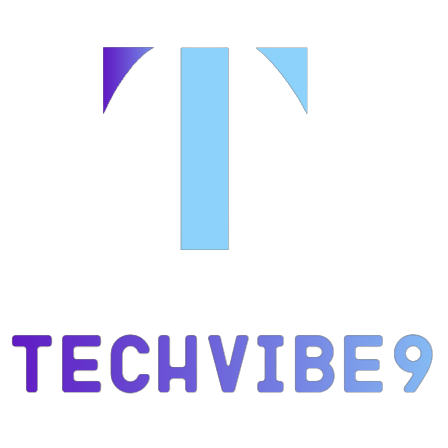Rephrase and rearrange the whole content into a news article. I want you to respond only in language English. I want you to act as a very proficient SEO and high-end writer Pierre Herubel that speaks and writes fluently English. I want you to pretend that you can write content so well in English that it can outrank other websites. Make sure there is zero plagiarism.:
A collaborative research team led by Dr. So-Hye Cho from the Korea Institute of Science and Technology (KIST) has unveiled a groundbreaking nanocoating technology that is effective against viruses and bacteria.
This innovation maximizes antiviral activity but also introduces vibrant colors to coated surfaces, marking a notable departure from conventional antiviral films (via Phys.org).
The study was published in the journal ACS Applied Materials & Interfaces.

KIST researchers unveil groundbreaking nanocoating tech, using silver nanoparticles on silica layers, providing superior antiviral, antibacterial effects with vibrant colors for diverse applications.
Breakthrough Nanocoating Technology
Unlike typical antiviral films that blend metal particles with polymers, the KIST team utilized the sol-gel method to create a silica coating layer on various surfaces.
This was followed by coating the silica layer with silver nanoparticles through an aqueous solution. The silver nanoparticles play a pivotal role in limiting the infectivity of viruses by binding to viral proteins, disrupting their structure, and impeding their ability to penetrate cells.
The crucial distinction lies in the effectiveness of this method. While conventional films embed antiviral metal particles within the thin film, limiting contact with viruses, the KIST technology showcases remarkable activity with a small amount of silver nanoparticles on the thin film’s surface.
Outstanding Results
In experiments involving lentiviruses, designed as analogs to coronaviruses, the newly developed coating demonstrated a virus elimination rate more than twice as fast as commercial films.
Additionally, antibacterial tests against E. coli revealed complete eradication within 24 hours. These compelling results highlight the potential of this technology in enhancing our defense against infectious agents.
Read Also: Chinese Scientists Accidentally Create World’s Tiniest Knot With 54 Atoms
More Color Options
Beyond its impressive antiviral and antibacterial properties, the coating technology also offers a visual appeal by providing various colors through light interference.
This feature opens up various applications in industries such as medical materials, home appliances, and building materials. Dr. So-Hye Cho of KIST underscores the metal nanoparticle coating’s superior antiviral and antibacterial effects, even with a minimal coating of less than 1g/m2.
Practical Applications and Future Prospects
The study not only delves into the effectiveness of the coating but also emphasizes its ease of application and cost-effectiveness. This bodes well for its practicality and potential for widespread use in diverse industries.
“This metal nanoparticle coating technology demonstrates superior antiviral and antibacterial effects compared to commercial products, even with a small coating of less than 1g/m2, so its industrialization potential is very high,” said Dr. So-Hye Cho.
This study offers a promising solution in the ongoing effort to develop effective antiviral and antibacterial coatings. The manufacturing process’s simplicity, vibrant visual appeal, and exceptional performance distinguish this technology as a game changer in various industries, ultimately contributing to a safer and more secure environment.
Stay posted here at Tech Times.
Related Article: New 3D Printed Electronic Skin Can Replicate the Flexibility, Sensitivity of Human Skin

ⓒ 2023 TECHTIMES.com All rights reserved. Do not reproduce without permission.

I have over 10 years of experience in the cryptocurrency industry and I have been on the list of the top authors on LinkedIn for the past 5 years. I have a wealth of knowledge to share with my readers, and my goal is to help them navigate the ever-changing world of cryptocurrencies.







